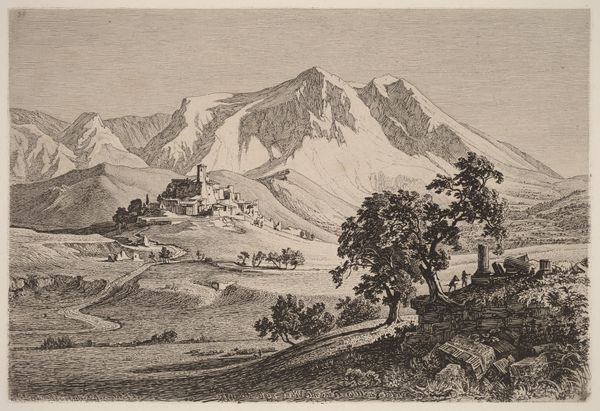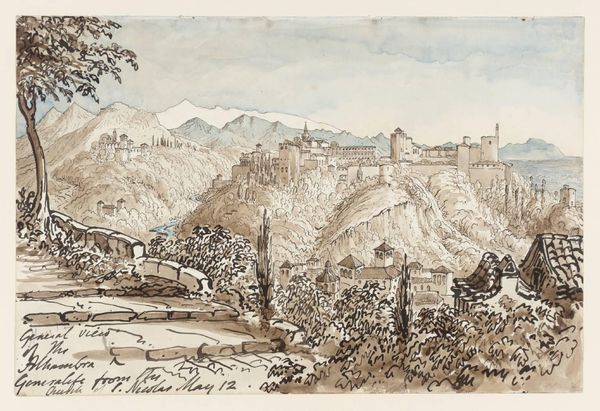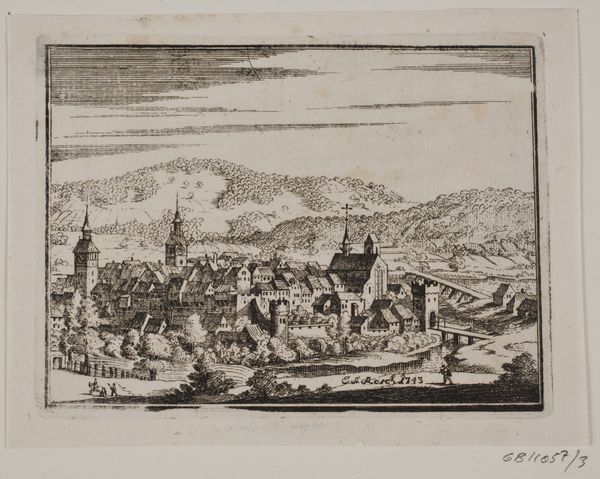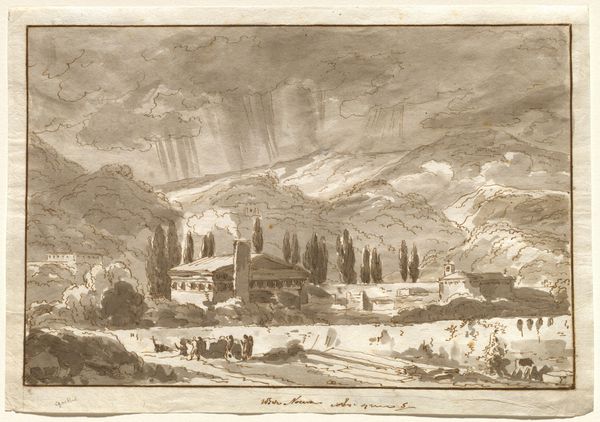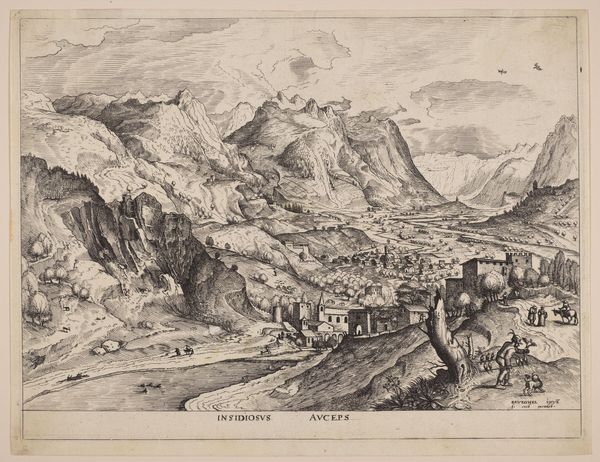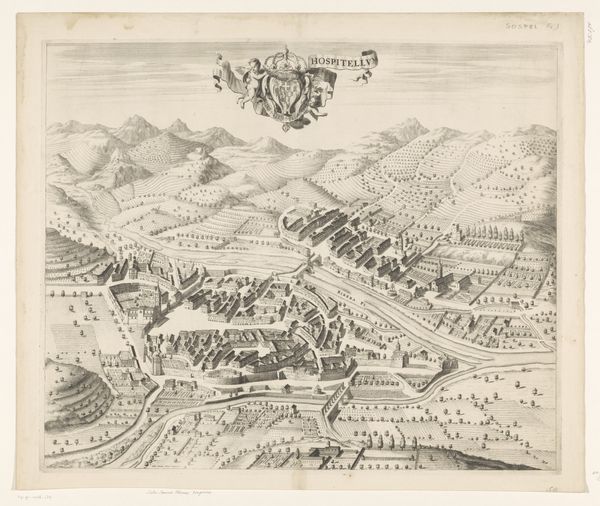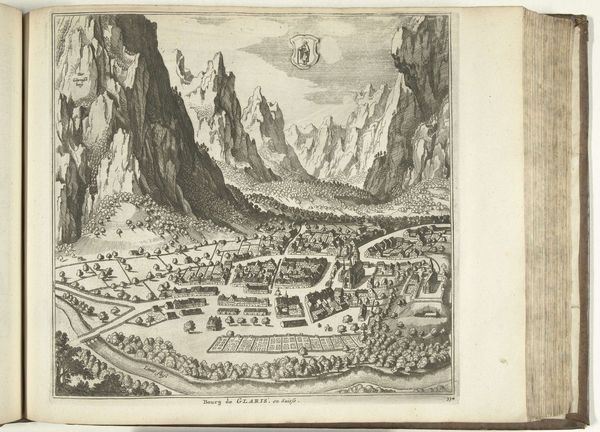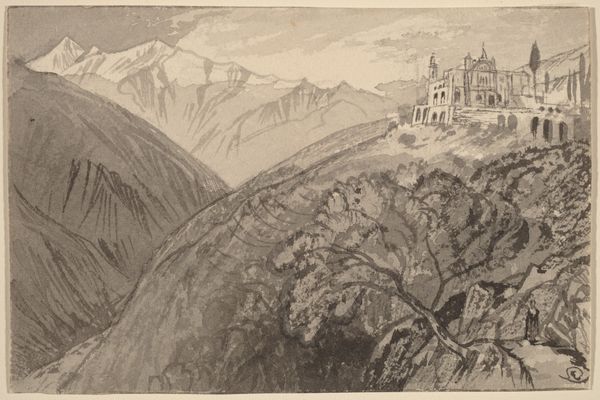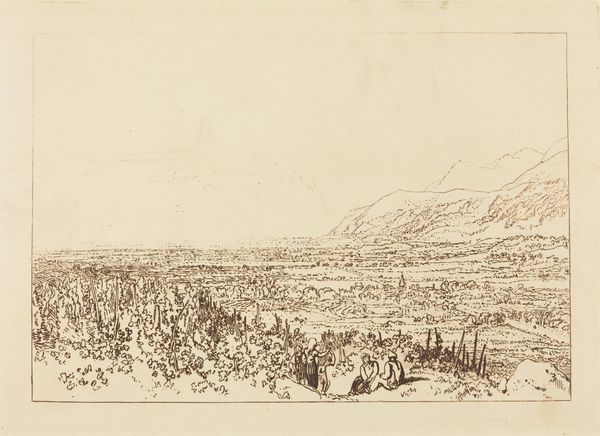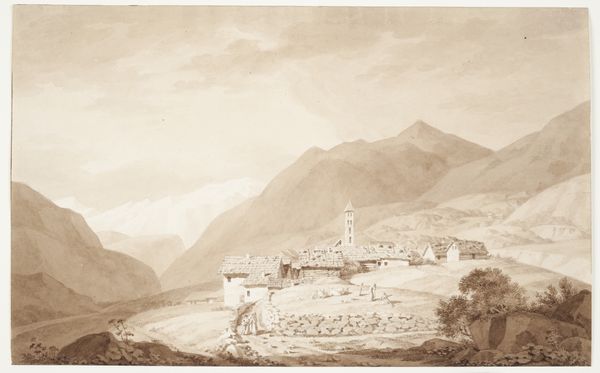
drawing, print, etching, paper, ink
#
pen and ink
#
drawing
#
ink drawing
# print
#
etching
#
landscape
#
paper
#
ink
#
academic-art
Dimensions: 113 × 207 mm (image/plate); 121 × 215 mm (sheet)
Copyright: Public Domain
This is "In the Tuscan Hills," an etching made by Donald Shaw MacLaughlan. Look closely, and you can see how the print was made. The artist would have covered a metal plate with a waxy, acid-resistant coating, then scratched an image into that coating with a sharp needle. Once the plate was submerged in acid, the exposed lines would be etched into the metal. The more time spent in the acid bath, the deeper the lines would be, allowing for a richer black when printed. This is a skilled process that demands precision and control, not unlike other forms of metalworking. The resulting image, a view of the Tuscan landscape, has a directness and immediacy. McLaughlan wasn't interested in slick illusionism. Instead, he embraced the linear qualities of the etching process, even allowing for a certain roughness. This connects him to a longer history of printmaking, where the labor of the hand is always evident, reminding us of the many steps involved in bringing an image into being.
Comments
No comments
Be the first to comment and join the conversation on the ultimate creative platform.
